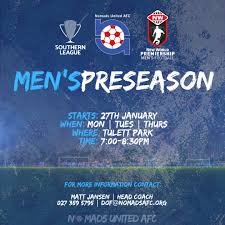Understanding the Southern League in 2023

Introduction to the Southern League
The Southern League, founded in 1894, is a crucial tier in the English football league system. As one of the oldest leagues in England, it plays a vital role in the development of grassroots football, providing competitive opportunities for clubs and players across Southern England. Its importance lies not only in its footballing culture but also in serving as a pathway to higher leagues, most notably the National League and beyond.
Current Structure and Teams
As of the 2023 season, the Southern League operates with two main divisions: the Premier Division and the Division One Central and South. It features over 50 clubs, with many diverse teams representing towns and cities across the Southern region. Among the notable teams competing this season are Kings Langley, Farnborough, and Slough Town. The league has seen an increase in both attendance and community engagement, painting a promising picture for local football support.
Recent Developments
This season, the Southern League has been marked by several exciting developments. The introduction of a new broadcasting partnership aims to enhance visibility for the league, bringing more extensive coverage for fans. Additionally, the league has launched several initiatives focused on youth development, including partnerships with local schools to promote football from a grassroots level.
On the competitive front, clubs are vying for promotion to the National League South, leading to a thrilling race for the top spots. Matches are being closely contested, and early predictions indicate that teams like Chesham United and Banbury United will be strong contenders for promotion this year.
Challenges Ahead
Despite its successes, the Southern League faces significant challenges, most notably financial sustainability for its clubs. Many teams operate on tight budgets and rely heavily on volunteer support. The league’s management is working on strategies to address these challenges, including securing sponsorship deals and increasing community attendance.
Conclusion
The Southern League continues to play a pivotal role in the English football landscape, reflecting both the passion and challenges of local football. As we move further into the 2023 season, fans, clubs, and stakeholders alike will be watching closely, hopeful for a future that balances competitiveness with sustainability. The ongoing evolution of the Southern League serves as a reminder of the enduring importance of grassroots football in nurturing local talent and fostering community ties.







